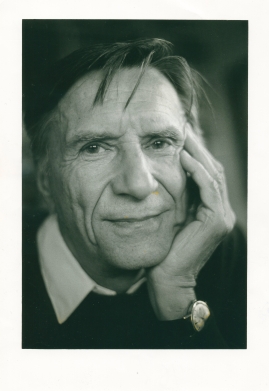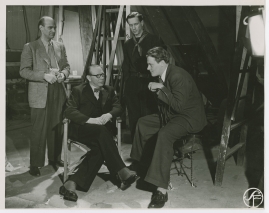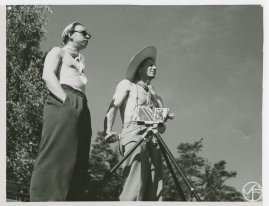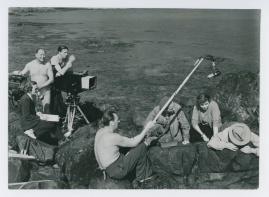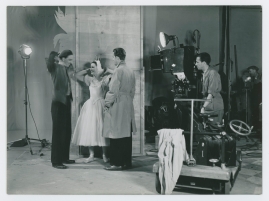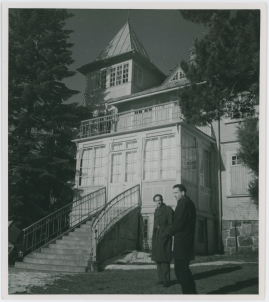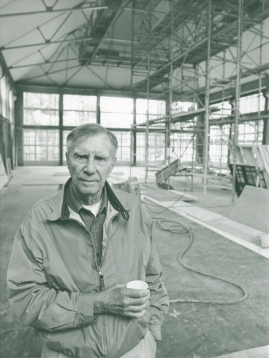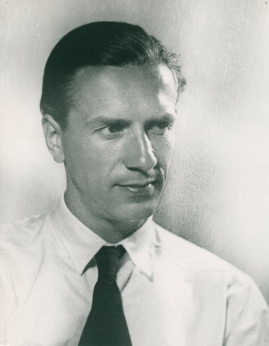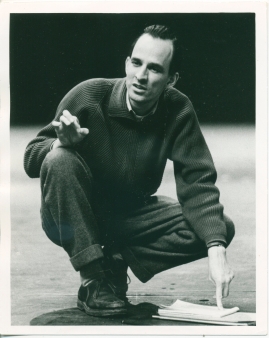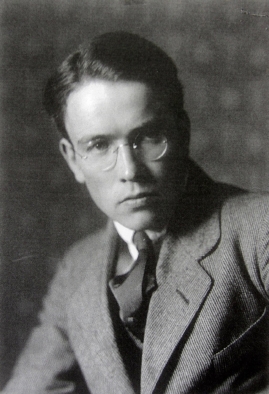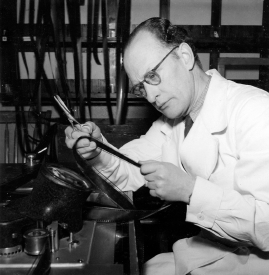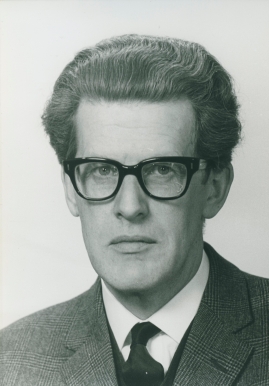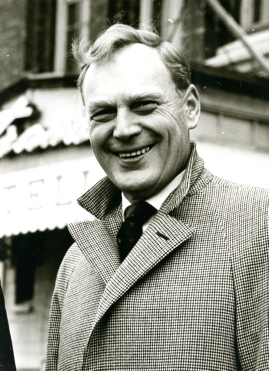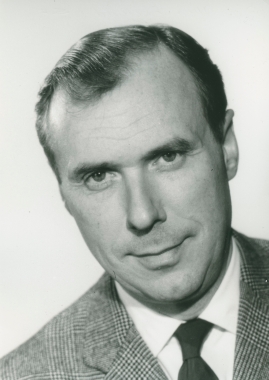Gunnar Fischer
Table of contents
- Basic facts
- Links and resources
- Biography
- Awards
- Films
- Original work
- Soundtrack listing
- Groups
Basic facts
Media (8)
| Alternative names |
|
|---|---|
| Director of Photography |
|
| First Assistant Cameraman |
|
| Show all films | |
| Awards |
|
Biography
Swedish cinematographer. Born Erling Gunnar Emil Fischer in Ljungby. Died in Stockholm. Employed at the major Swedish film production company, Svensk Filmindustri 1935-1970, later at Sveriges Radio (Swedish Public Broadcasting System). Father of photographers Jens and Peter Fischer.-Gunnar Fischer is considered an aristocrat of Swedish cinematography. He is most renowned for his clear, sensitive photography in almost all the films Ingmar Bergman made between the late forties and early sixties. Some of the most famous images in film history are Fischer’s:...
Biography
Swedish cinematographer. Born Erling Gunnar Emil Fischer in Ljungby. Died in Stockholm. Employed at the major Swedish film production company, Svensk Filmindustri 1935-1970, later at Sveriges Radio (Swedish Public Broadcasting System). Father of photographers Jens and Peter Fischer.
-
Gunnar Fischer is considered an aristocrat of Swedish cinematography. He is most renowned for his clear, sensitive photography in almost all the films Ingmar Bergman made between the late forties and early sixties. Some of the most famous images in film history are Fischer’s: that of the 78 year-old Victor Sjöström in the grass in Wild Strawberries (Smultronstället, 1957) for instance and the "dance of death" along the horizon in The Seventh Seal (Det sjunde inseglet, 1957).
Surprisingly, Fischer started his career with no photography skills whatsoever. He had studied painting at an art school, but was working as a cook on a torpedo boat when in 1935 someone suggested he apply for a job as a cameraman at Svensk Filmindustri. In his application, he admitted to never having so much as taken a snapshot and got the job in reward for his refreshing frankness.
He had the good fortune of immediately being assigned to assist Julius Jaenzon, one of the greatest cinematographers of the silent film era. Jaenzon’s ideal was a simple film image, free from elaborate lighting effects. Fischer adopted these aesthetics for his own photography.
Another important influence on his professional development was the Danish film director Carl Th. Dreyer. Upon studying samples of Fischer’s film work for a planned joint project, Dreyer conceded that some of it was good, but he disapproved of what he called the "porridge and milk". Fischer vowed never to make such fuzzy pictures again.
Gunnar Fischer’s cinematography shows a classical elegance. The lighting is masterfully, though seemingly effortlessly, designed. Especially the film The Seventh Seal reveals a clear kinship with the style of film noir. In this and other movies one sees how Fischer’s sure camera gives Ingmar Bergman a kind of licence for the surrealistic by creating a visual literalism to augment dreamlike sequences.
Probably the most famous sample of Fischer cinematography is the "dance of death" silhouetted along a sloping horizon in The Seventh Seal. The story behind that sequence is that one day, after they had finished shooting, Bergman and Fischer caught sight of clouds piling up above the horizon, as though meant as a backdrop for film. They had unoccupied crew members and onlookers quickly don costumes and run up onto a hill to perform.
Gunnar Fischer’s cinematography gained international acclaim and in the fifties he received offers from Hollywood. Fischer turned them down, however, declaring that he preferred to go on working for Svensk Filmindustri with Bergman. For the last five years of his career, Fischer worked at the Swedish public broadcaster Sveriges Television where he shot the much loved series Raskens (directed by Per Sjöstrand in 1976). He was also the director of photography for Jacques Tati’s last film, Parade (1974).
Fischer’s wife, Gull was the sister of actor Åke Söderblom and the Fischers’ two sons, Peter and Jens both became cinematographers themselves. The boys are also the main characters of the three children’s books their father wrote and illustrated. One of these books has been published in the US.
Mårten Blomkvist (2011)
(translated by James Schmale)
Awards
| The Guldbagge Award | Stockholm | 2003 | Lifetime Achievement Award | ||
|---|---|---|---|---|---|
| The Ingmar Bergman Award | Stockholm | 1993 | |||
| Filmbana (Swedish Cinematographers' Award) | Stockholm | 1991 | |||
| Swedish Film Society Prize | Stockholm | 1957 | (hedersdiplom) | ||
| Stockholm | 1955 | (plakett) |
